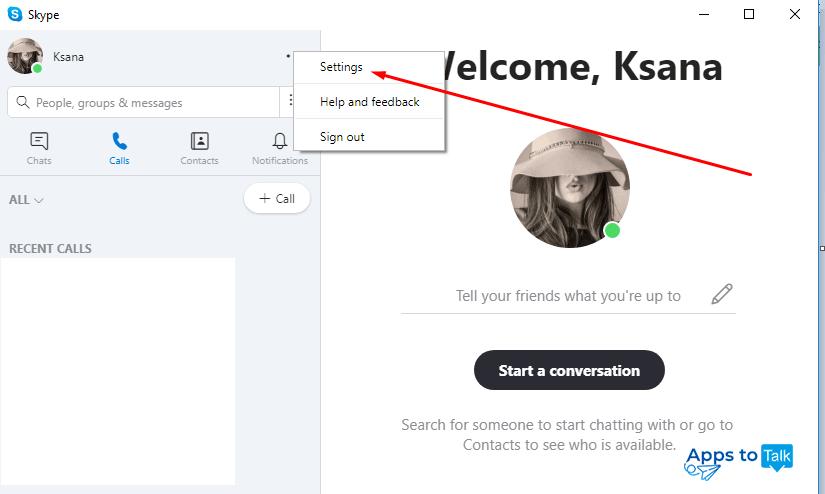
Skype needs your permission to access the microphone and camera of your desktop.If you're using Skype on a laptop and you're in power-saving mode, try plugging the laptop into AC power or switching it to maximum performance mode. File sharing applications, streaming audio or video, or even just having a browser open are all things that can eat up bandwidth. If you're having connections issues in Windows, you can follow the troubleshooting steps in Why can't I get online.Ĭlose any applications that could be interfering with your call. Once the internet connection recovers, Skype will automatically turn the video back on. If the internet connection degrades during the call, Skype may turn off one or more video streams in group calls. Make sure you have a strong WiFi signal, or if possible, use a wired connection. Here's a few other things that might affect your call quality: If you are having a bad connection, you may receive a notification saying Poor network connection. We're always improving call quality, so for best performance, make sure that you and the person you're calling meet the minimum system requirements for Skype and are using the latest version of Skype.Ĭheck your computer and internet connection.Ī bad connection can cause dropped calls, blocky or frozen video, and poor sound. Make sure you meet the minimum system requirements and are using the latest version of Skype. The site will tell you if there are any reported issues. You will also see the Call Quality indicator when there is an issue. A poor internet connection can cause dropped calls, delays, and poor-quality audio and video. This makes our cloud-based tools very secure.Having problems with the quality of your Skype call? Your internet connection – or your friend’s – is the most likely culprit. Our cloud-based online tools use HTTPS to encrypt your data sent to and downloaded from our cloud infrastructure, and only you have access to your data (unless you have chosen to share it). Sometimes however this is not optimal or possible for tools which for example require high processing power, display maps aware of your current location, or allow you to share data. We work hard to make our tools run locally on your device since avoiding sending data over the internet is more secure.
Skype echo sound test service message code#
To achieve this we use HTML5 and WebAssembly, a form of code that is run by the browser itself allowing our tools to execute at near-native speed. All the work is done locally by the browser itself, making these tools very fast and secure. Our online tools which execute locally on your device don't need to send your data (your files, your audio or video data, etc.) over the internet. Protecting your privacy is one of our main concerns when developing our tools. We develop secure online tools that are cloud-based or that execute locally on your device.

Check out the “No data transfers” section below to learn more.

With our microphone test your privacy is totally protected: no audio data is sent over the internet, the voice or sounds that you record never leaves your device. In that case you can check out the instructions to fix microphone issues specific to your device or application. If your microphone is not working, you’ll see an error message. Or the microphone might not function at all on your device, regardless of the application you're using.Īfter starting the test, speak loudly in your microphone and if it is working you’ll see colored sound waves appear and fade away. You might have microphone issues if the application using the microphone doesn’t have the correct settings.

There are many reasons why your microphone might not be working.
Skype echo sound test service message how to#
It also provides instructions on how to fix your microphone on many devices and with many voice and video calls applications. Microphone Test allows you to test your microphone directly in your browser. Introduction to the Microphone Test online tool


 0 kommentar(er)
0 kommentar(er)
